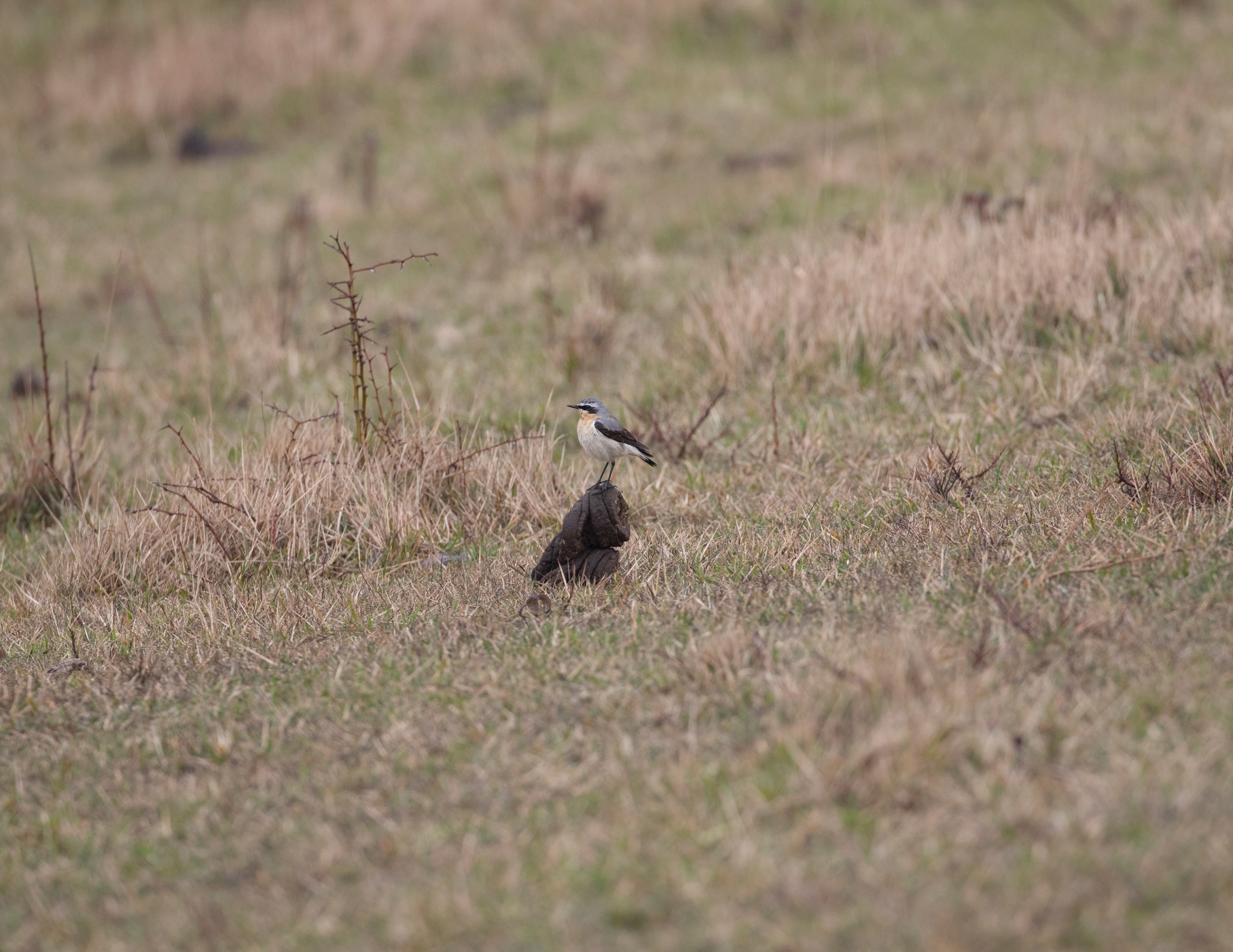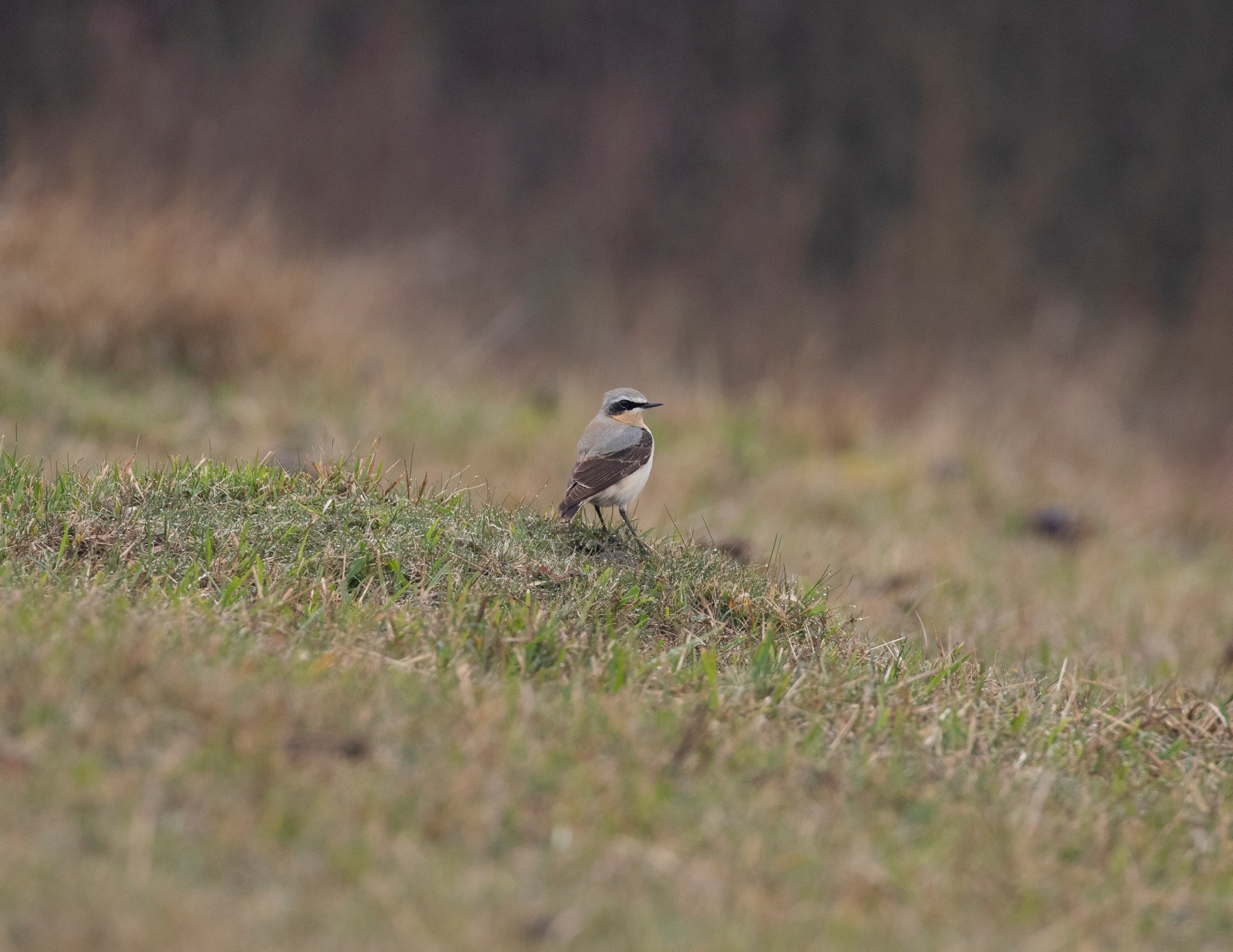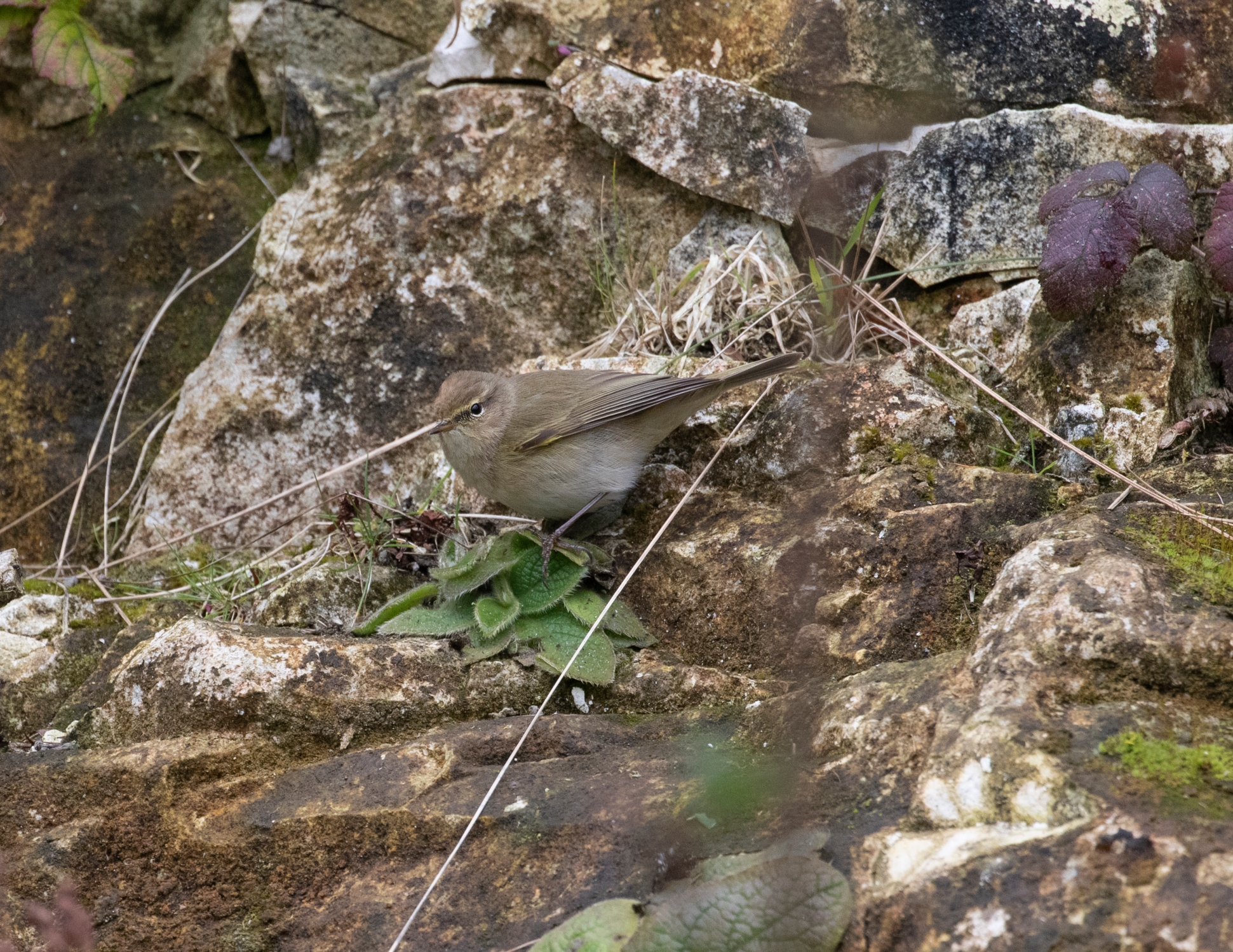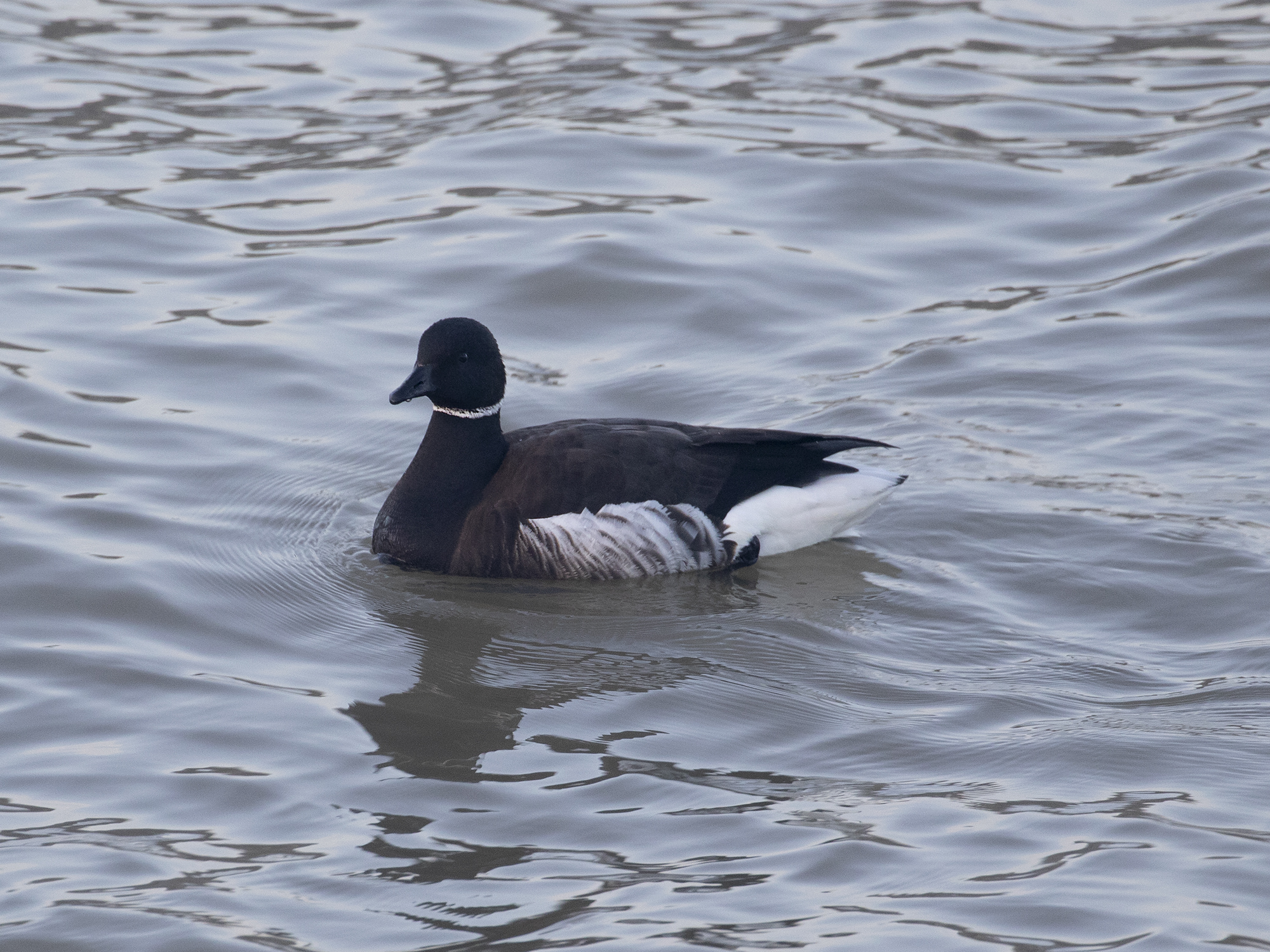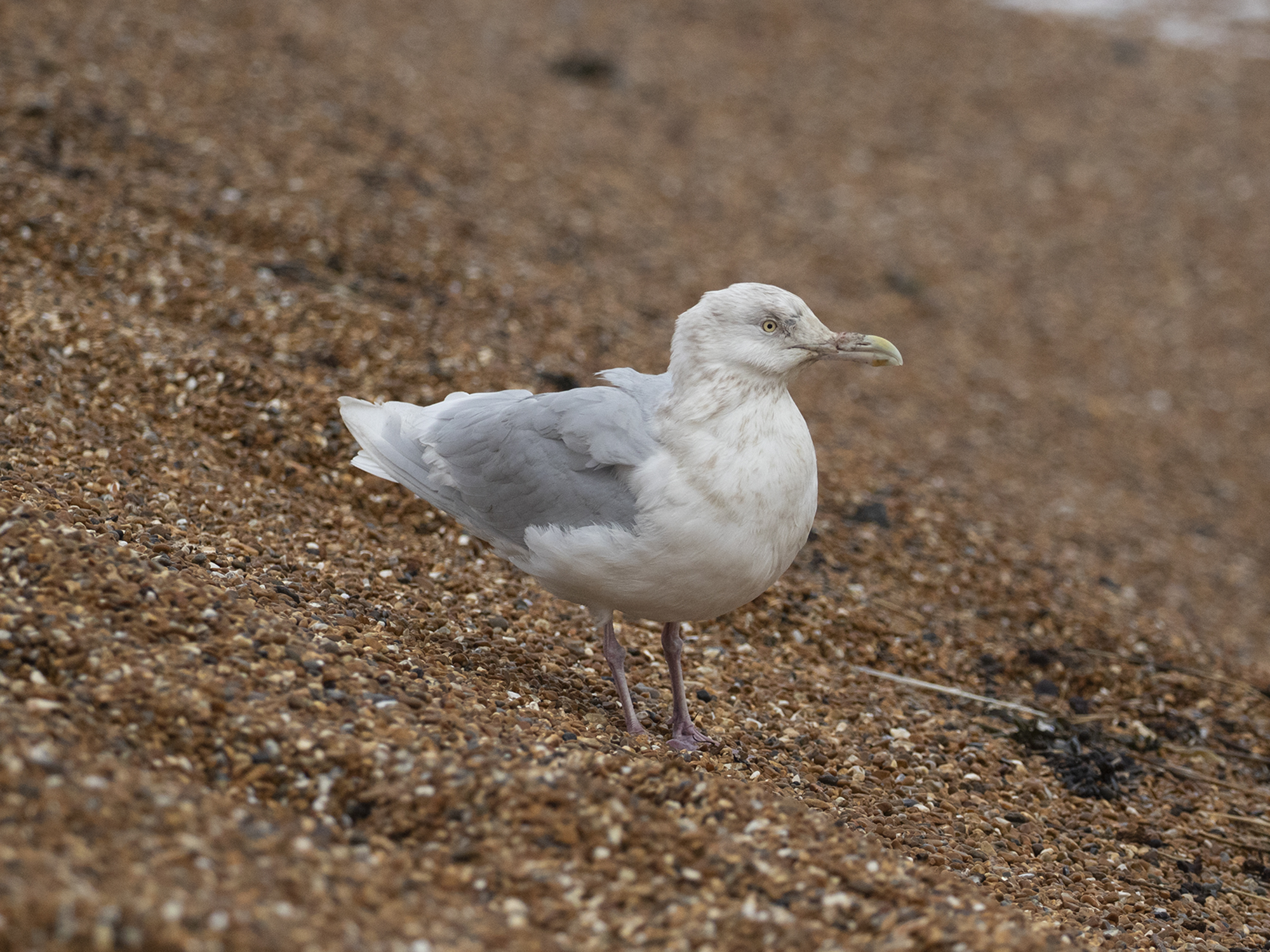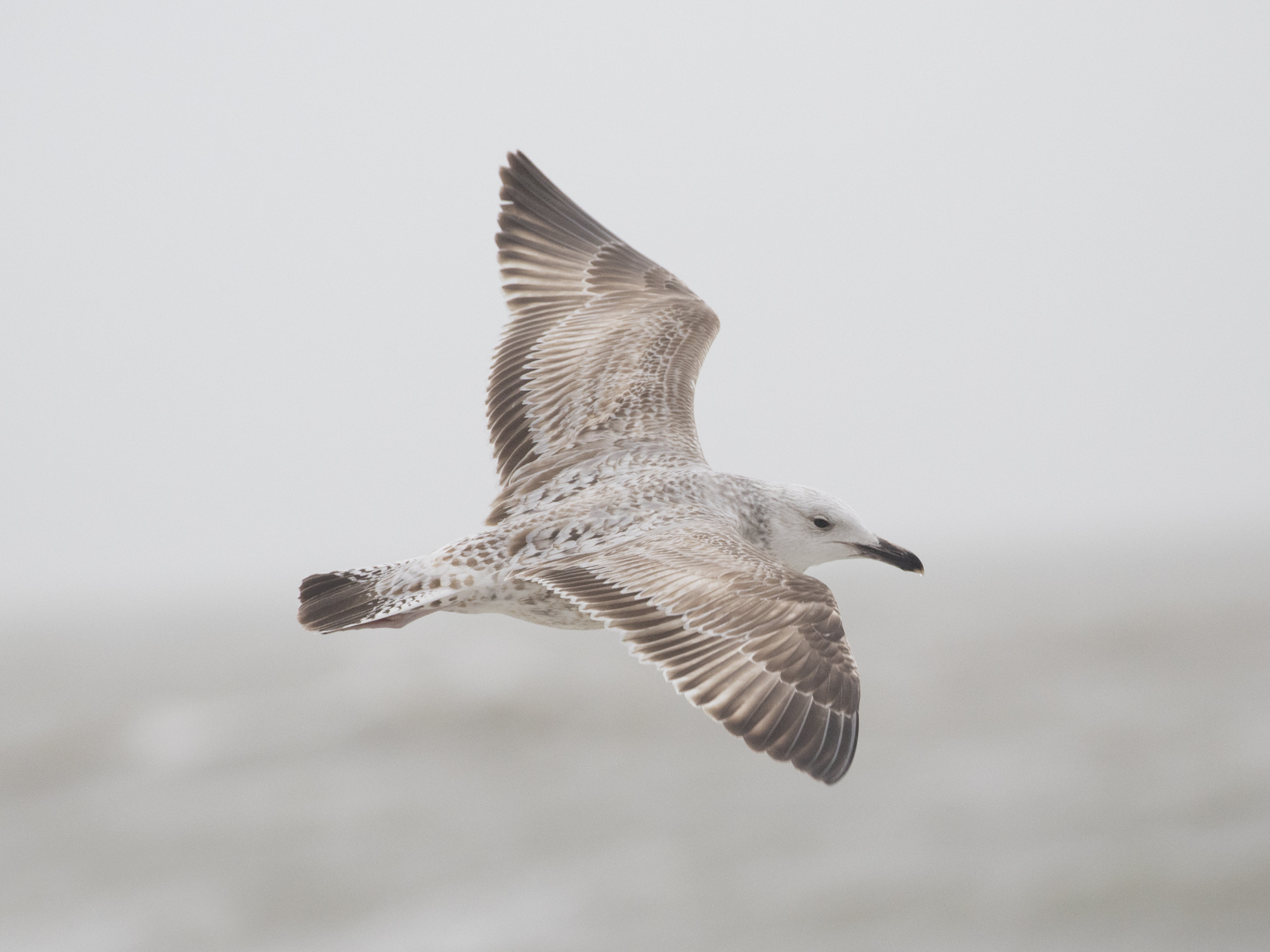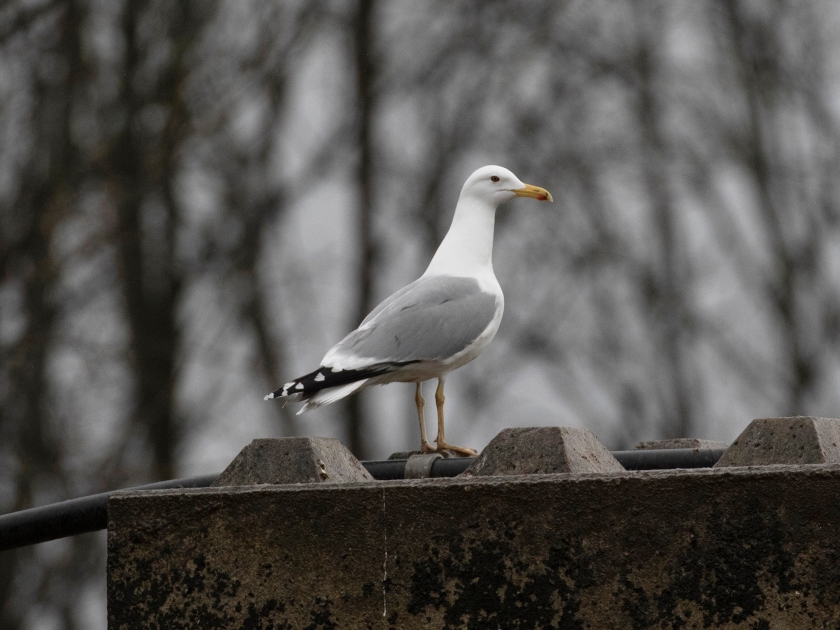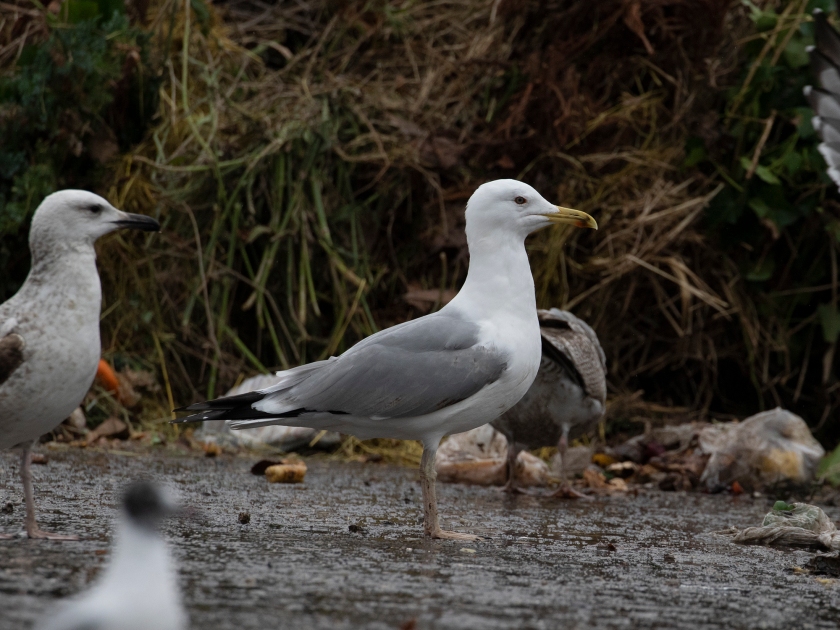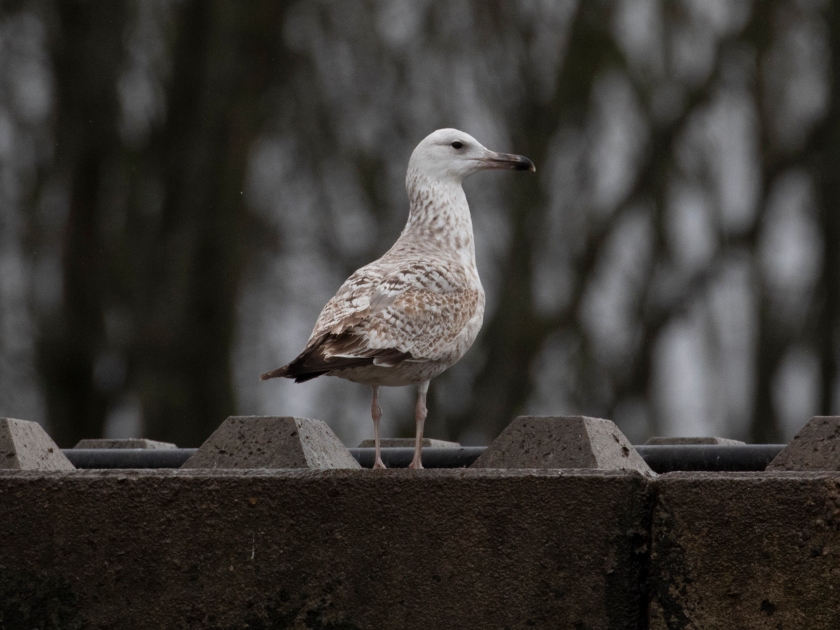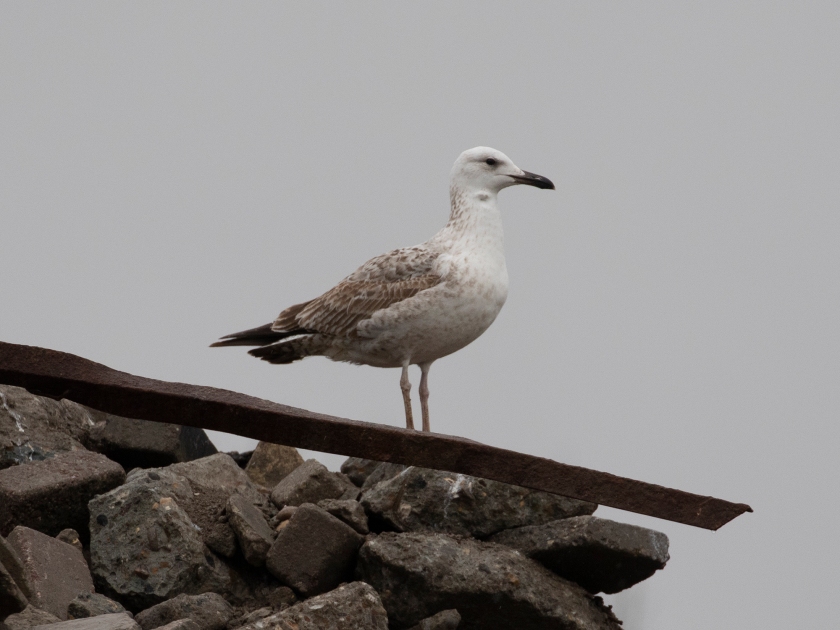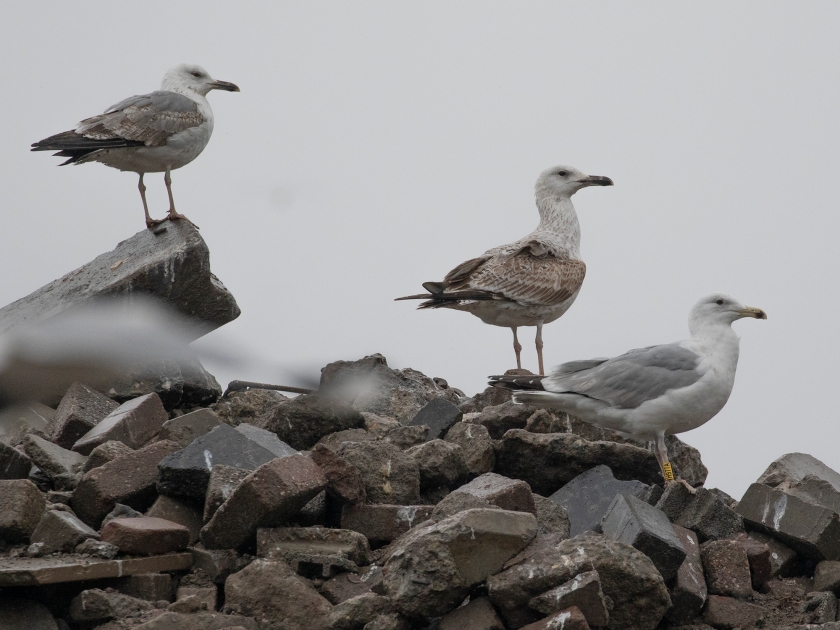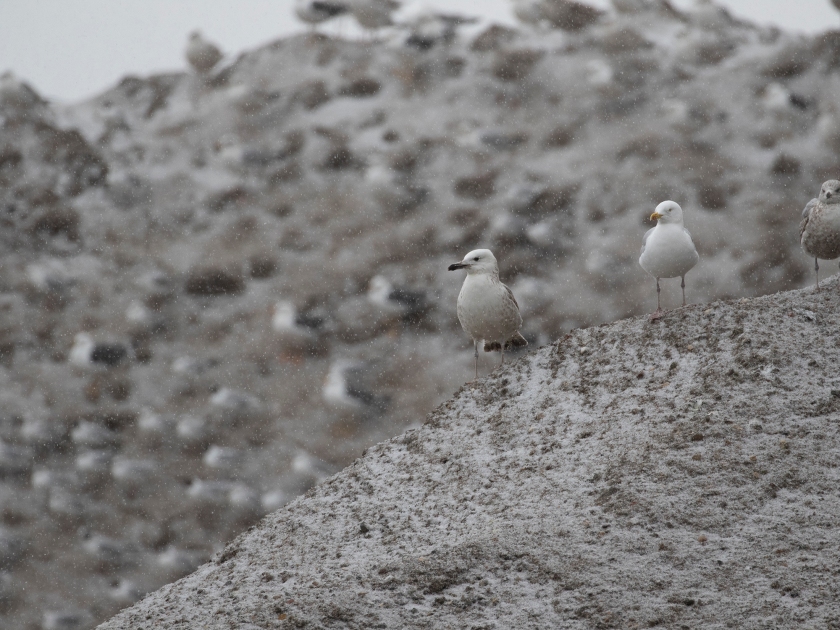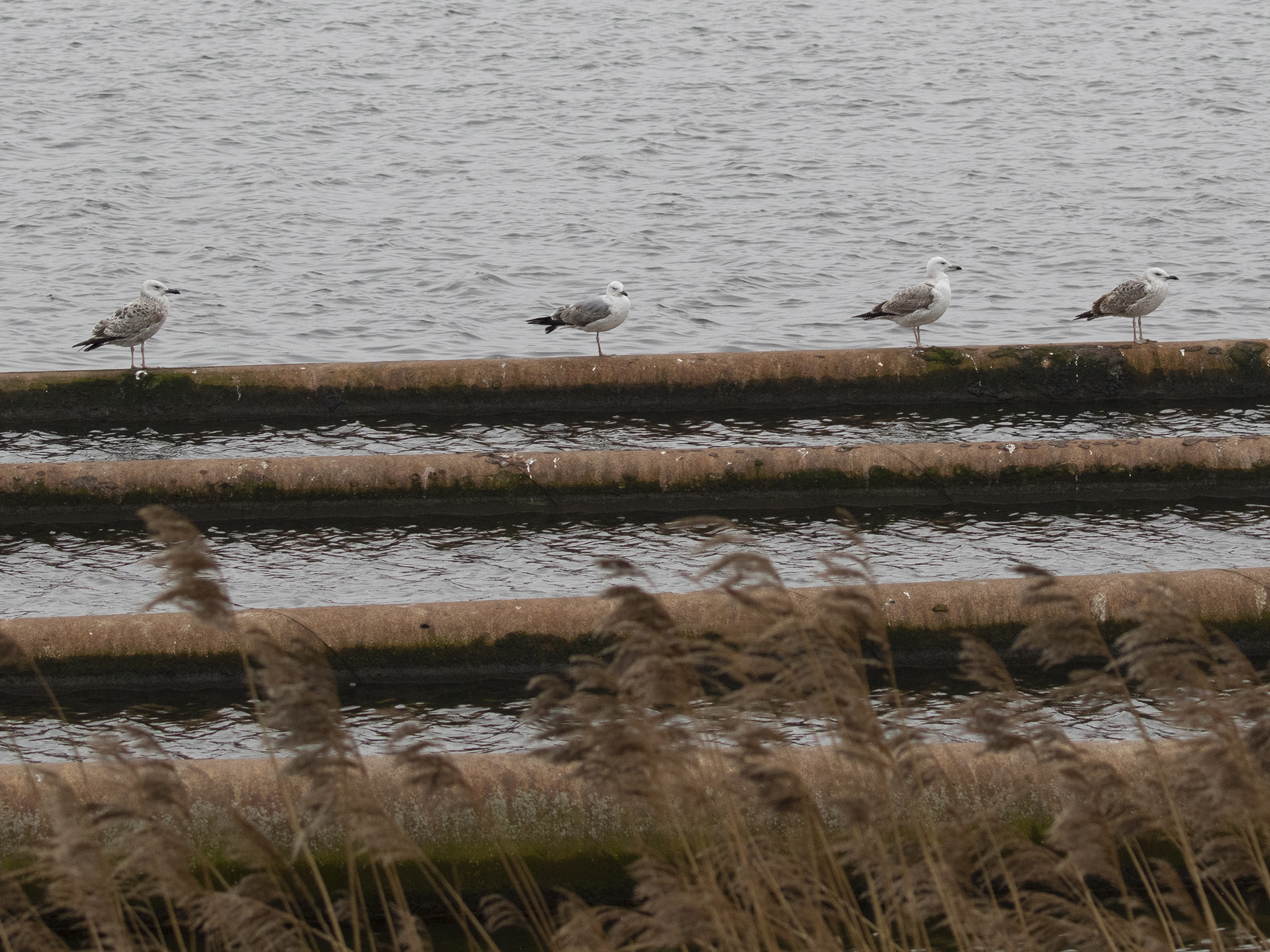I’ve been looking for Alpine swift locally since the day after the first birds in Ireland last week, desperate not to miss out on the influx as its a bird I’ve obsessed over alot! Checking the castle eveyday aswell as the whole patch, I Even ventured as far as Kingsdown looking for cliff faces out of the raging and constant SW winds we’ve had.

Today was a blessing though as I received news of an Alpine Swift seen at the neighbouring headland-Bockhill, Luckily I was well situated and climbed up the old Gun Emplacement assuming I’d probably missed it zip through. 25 Minutes later however it appeared over the trees at the top of the valley and fed along a line of leafless sycamores giving great views at times.
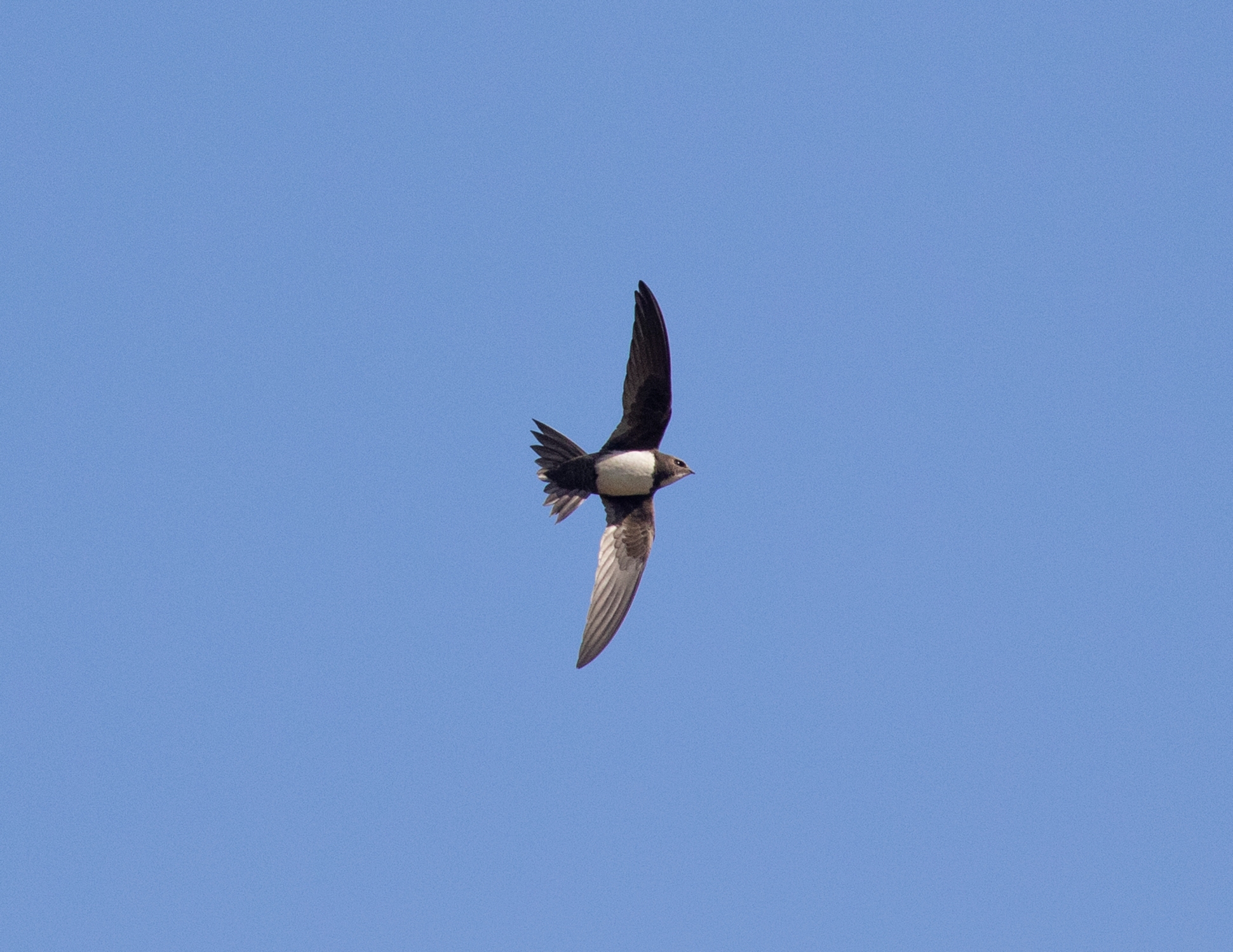
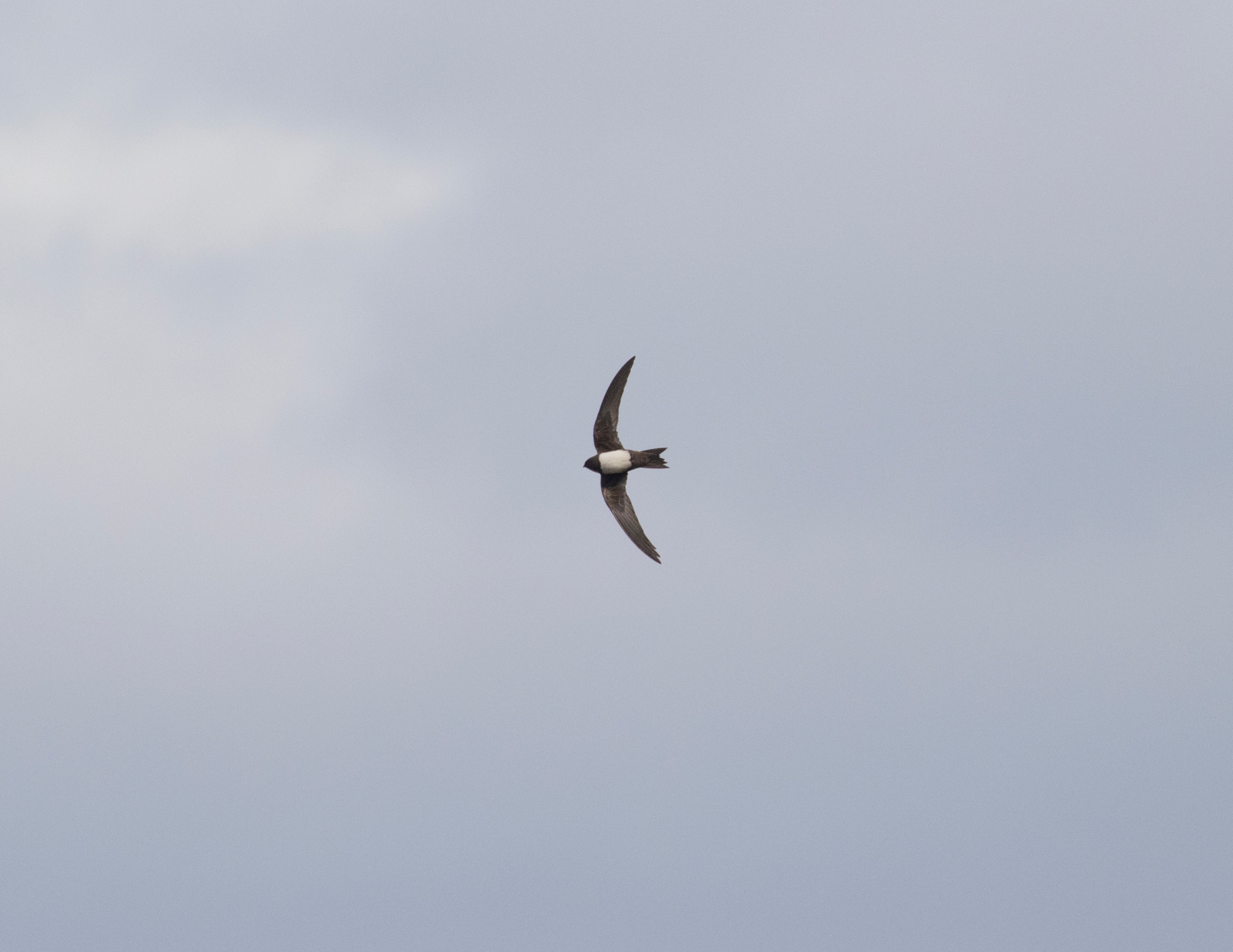
The bird fed for an hour and a half over the valley, occasionally venturing over the village but mostly staying fairly low and showing well in varying light. A crowd of locals arrived and all saw it, nice to see everyone. Thanks to Gerald S and Richard H for texting the Bockhill news, found there by Simon W at 10am.


Other than that its been fairly quiet, ones and twos of White wagtail with the cattle in the Harbour field, Chiffchaffs, Firecrests here and there, a smart 1W Caspian Gull (below) along the cliffs on the 23rd, a Marsh Harrier in off the sea y’day, light chaffinch movement throughout the week mostly South and nothing over 200 per morning, (I missed nearly 10,000 last sunday whilst away working) 3 Brambling and a few siskin. 2 Black Redstarts and a Wheatear but no hirundines yet.


